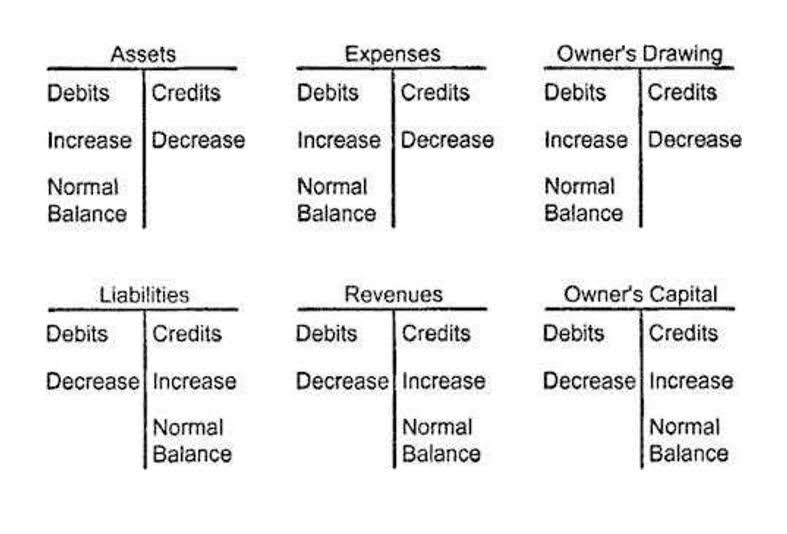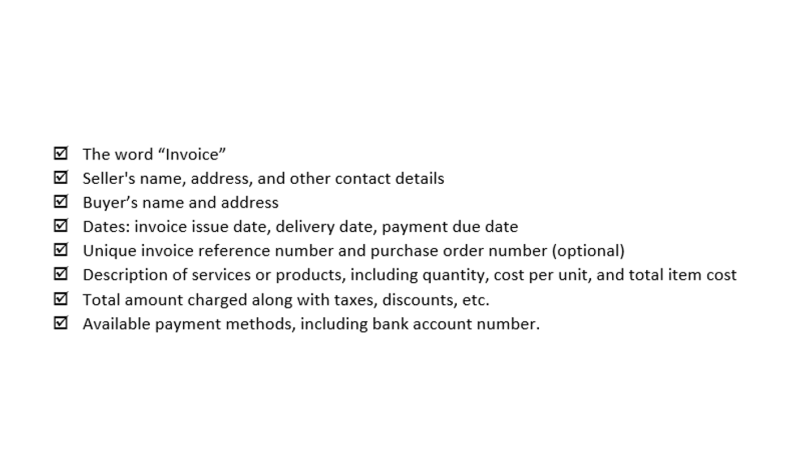
If the purchasing department opts to buy larger quantities at one time, it can lower unit prices. SoFi has no control over the content, products or services offered nor the security or privacy of information transmitted to others via their website. We recommend that you review the privacy policy of the site you are entering. SoFi does not guarantee or endorse the products, information or recommendations provided in any third party website.
Ideas for a Small Business Holiday Party and How to Plan It
Now that we understand the basics and the formula of the concept, let us understand how to calculate the changes in net working capital cash flow through the step-by-step explanation below. Inventory decisions are a crucial factor that can lead to a change in working capital. If a company chooses to spend more on inventory to increase its fulfillment rate, it will use up more cash. change in net working capital Credit policy adjustments often lead to changes in how quickly cash comes in. A tighter, stricter policy reduces accounts receivable and, in turn, frees up cash. That comes at a potential cost of lower net sales since buyers may shy away from a firm that has highly strict credit policies.
. What does the change in working capital on the balance sheet represent?
- Current assets include assets a company will use in fewer than 12 months in its business operations, such as cash, accounts receivable, and inventories of raw materials and finished goods.
- If the closing balance of a long-term investment is lower than the opening balance, the difference is the application of funds (certain investments are bought as income-yielding securities for the long-term).
- Get instant access to video lessons taught by experienced investment bankers.
- As it so happens, most current assets and liabilities are related to operating activities (inventory, accounts receivable, accounts payable, accrued expenses, etc.).
- Access the Gartner Magic Quadrant 2024 Report to learn how we’re helping CFOs achieve unprecedented efficiency.
- By calculating the change in working capital, you can better understand your company’s capital cycle and strategize ways to reduce it, either by collecting receivables sooner or, possibly, by delaying accounts payable.
Conceptually, the operating cycle is the number of days that it takes between when a company initially puts up cash to get (or make) stuff and getting the cash back out after you sell the stuff. Generally speaking, the working capital metric is a form of comparative analysis where a company’s resources with positive economic value are compared to its short-term obligations. A higher ratio also means that the company can continue to fund its day-to-day operations. The more working capital a company has, the less likely it is to take on debt to fund the growth of its business. Unearned revenue from payments received before the product is provided will also reduce working capital. This revenue is considered a liability until the products are shipped to the client.

Provision For Bad Debts
If you don’t have enough cash to finance your WCR but it is still relatively low, you may be able to afford to have a short-term bank overdraft. This should only be a one-off solution that https://www.bookstime.com/ you use for a short period of time, otherwise it is risky for your business – especially since unexpected things can happen at any time. A declining trend in working capital from one accounting period to the next may indicate potential financial distress, while a consistently positive trend demonstrates a healthy and sustainable financial position. While A/R and inventory are frequently considered to be highly liquid assets to creditors, uncollectible A/R will NOT be converted into cash.
How to Optimize Working Capital Management
- The proposed dividend is shown in the statement of changes in working capital.
- Working capital management is key to the cash conversion cycle, or the amount of time a firm uses to convert working capital into usable cash.
- If a company has enough working capital, it can usually run smoothly, keep its suppliers and customers happy, and grow.
- 11 Financial’s website is limited to the dissemination of general information pertaining to its advisory services, together with access to additional investment-related information, publications, and links.
- A company marks the inventory down to reflect current market conditions and uses the lower of cost or market method, resulting in a loss of value in working capital.
As it so happens, most current assets and liabilities are related to operating activities (inventory, accounts receivable, accounts payable, accrued expenses, etc.). In simple terms, working capital is the net difference between a company’s current assets and current liabilities and reflects its liquidity (or the cash on hand under a hypothetical liquidation). The collection ratio calculation provides the average number of days it takes a company to receive payment after a sales transaction on credit. If a company’s billing department is effective at collecting accounts receivable, the company will have quicker access to cash which it can deploy for growth.

It is an indicator of operating cash flow, and it is recorded on the statement of cash flows. And the cash flow is one of the important factors to be considered when we value a company. It indicates whether the short-term assets increase or decrease concerning the short-term liabilities from one year to the next. Understanding the factors driving changes in balance sheet working capital is essential for evaluating a company’s financial health and operational efficiency. From shifts in market demand to variations in supplier terms, various internal and external factors can influence working capital dynamics.

- • External financing options include angel investors, small business grants, crowdfunding, and small business loans.
- The better a company manages its working capital, the less it needs to borrow.
- The working capital requirement formula focuses on the components that directly impact the company’s operating cycle — inventory, accounts receivable and accounts payable.
- For instance, if NWC is negative due to the efficient collection of receivables from customers who paid on credit, quick inventory turnover, or the delay in supplier/vendor payments, that could be a positive sign.
- The payment of the proposed dividend during the current year should not be shown in the fund flow statement.
- Current liabilities include accounts payable, trade credit, short-terms loans, and business lines of credit.
Working capital is the difference between a company’s current assets and current liabilities. Working capital is calculated by subtracting current liabilities from current assets. The current ratio, also known as the working capital ratio, provides a quick view of a company’s financial health. Working capital is critical to gauge a company’s short-term health, liquidity, and operational efficiency.

